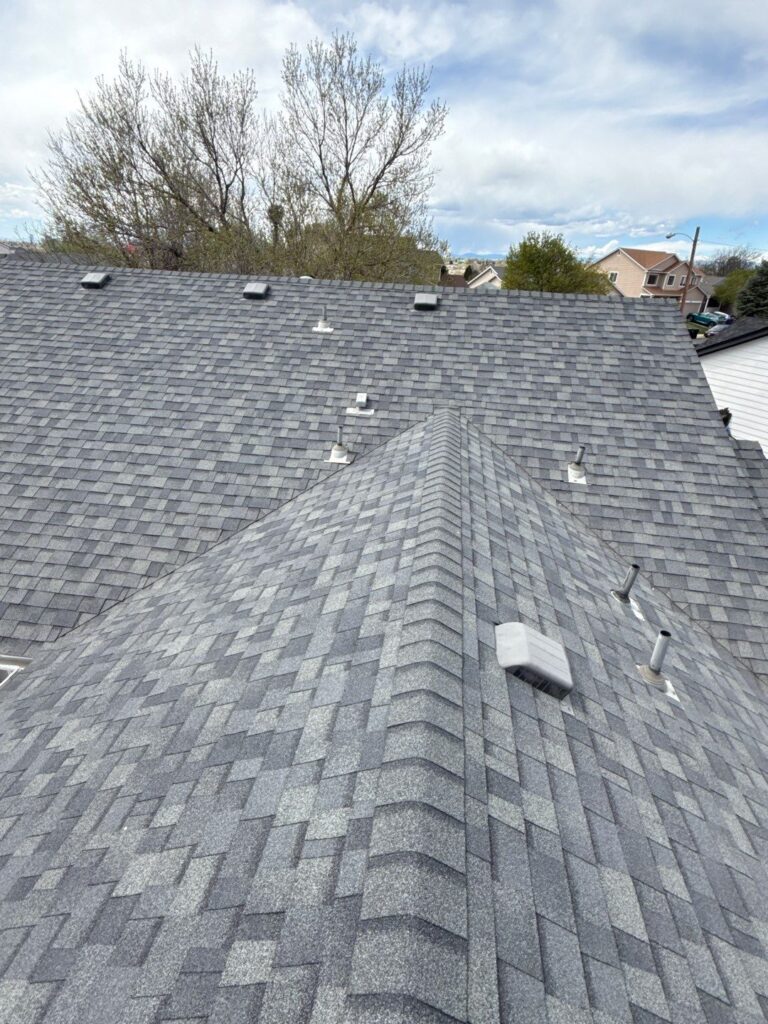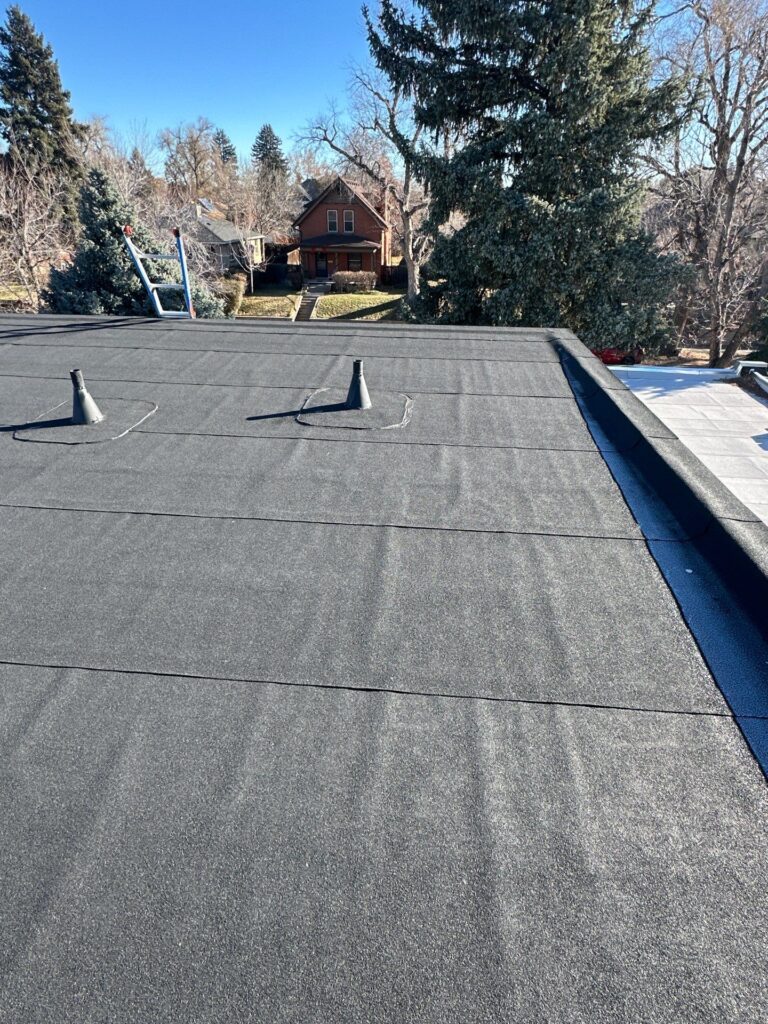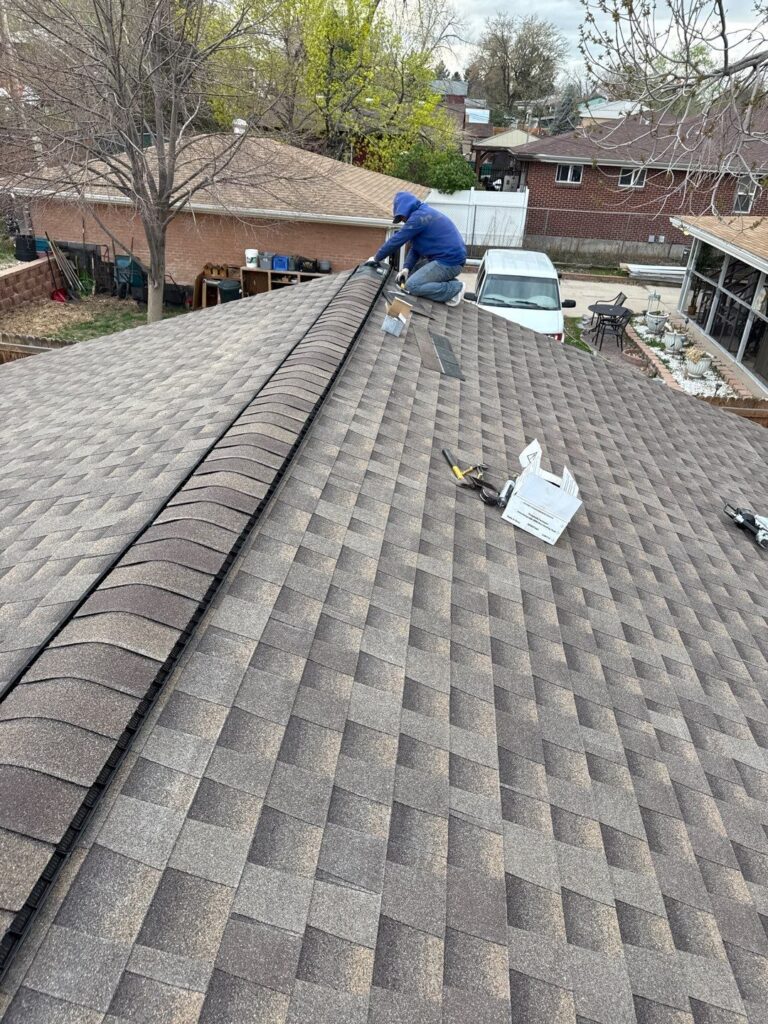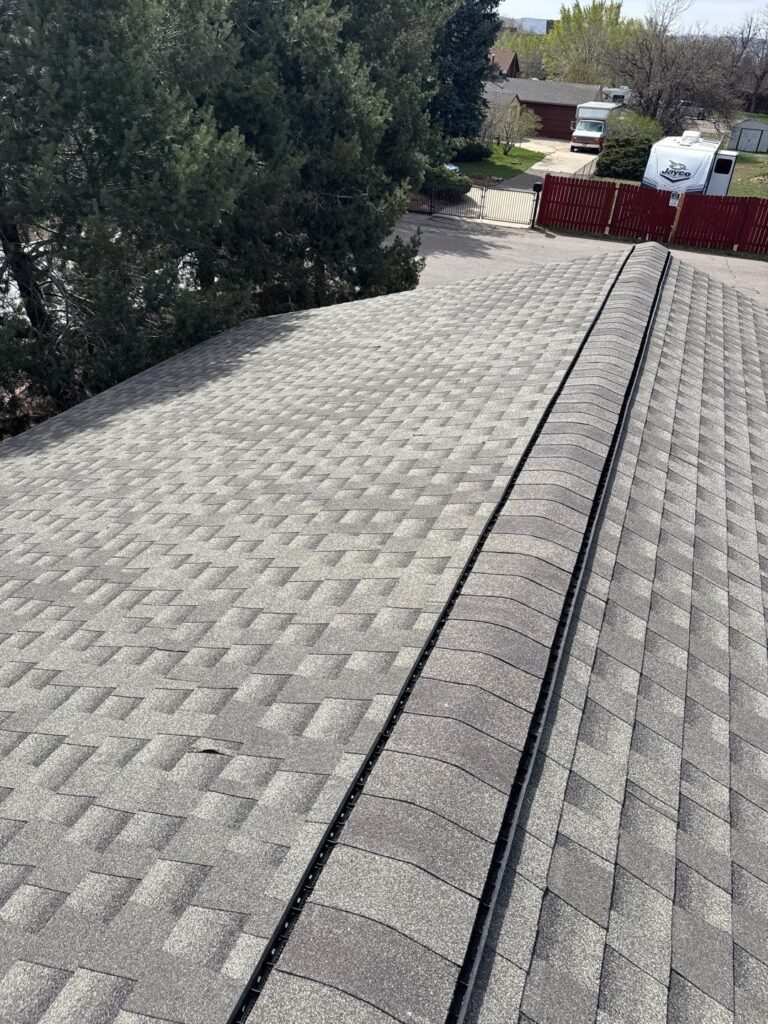Understanding the Causes Behind Rippled or Wavy Asphalt Shingle Roofs
The Impact of Roofing Deck Preparation on Shingle Appearance
Improperly prepared roof decking is one of the most overlooked but critical contributors to a rippled asphalt shingle roof. When sheathing is installed without adequate spacing or nailed too tightly, it can expand with moisture or temperature changes, causing visible undulations on the finished roof surface. Unlevel decking, warped plywood, or misaligned rafters create a flawed base that transmits every defect to the shingles above. For roofers in Denver, especially those working in high-altitude regions where temperatures can fluctuate rapidly, precision in deck preparation is non-negotiable.
Installation Errors That Lead to Buckling and Warping
Shingle rippling frequently stems from incorrect installation techniques, often performed by untrained or rushed contractors. Overdriven nails can puncture through shingles, compromising their integrity, while underdriven nails fail to secure them adequately. Misalignment of shingles, skipping underlayment layers, or neglecting proper ventilation will inevitably lead to moisture buildup and thermal expansion—factors that force the shingles to buckle. Homeowners seeking roofing repair in Denver must prioritize vetted professionals familiar with best practices and local conditions.
How Climate Conditions in Denver Affect Asphalt Shingle Behavior
Denver’s semi-arid climate introduces unique stressors to roofing systems. Intense sun exposure combined with low humidity during the day and dramatic drops in nighttime temperatures creates thermal shock. These extreme shifts accelerate the aging process of asphalt shingles, making them more brittle and prone to curling. Winter snowmelt refreezing at night adds freeze-thaw cycles that impact the roof structure and surface. Roofing companies in Denver, Colorado must account for these environmental conditions when recommending roofing materials and methods to ensure long-term performance.
Material Quality and Its Role in Shingle Distortion
Not all asphalt shingles are created equal. Subpar materials—often sourced to cut costs—lack the dimensional stability needed to withstand expansion and contraction. Inconsistent granule application, thin mats, and weak adhesives result in early failure. Even high-quality shingles can exhibit issues if stored improperly before installation, as moisture absorption can warp them before they’re even nailed down. The best roofing companies in Denver always insist on certified, premium-grade shingles suited to the local climate.
Roof Structure and Framing Deficiencies
The skeleton of the roofing system—its trusses, rafters, and supports—must be correctly spaced, aligned, and stable. Settling foundations or shifting support beams compromise this balance, causing dips and bulges that result in shingle misalignment. This is particularly common in older Denver homes where structural shifts over decades have altered the roofline subtly. A trusted Denver roofing contractor should always inspect the substructure before any reroofing project to avoid surface distortions later on.
The Role of Ventilation and Moisture Management
Poor attic ventilation traps heat and humidity beneath the roof deck, pushing shingles to deform over time. This is especially problematic during Denver’s snowy months, when warm air rises, melts snow on the roof, and the runoff refreezes at the eaves, creating ice dams. Without sufficient airflow, moisture can infiltrate and warp both decking and shingles. Roof repair in Denver, CO must include an evaluation of soffit and ridge vent systems to keep roofs dry and structurally sound year-round.
Aging Roofs and General Wear
Even the best-maintained roofs will eventually show signs of wear. Asphalt shingles lose flexibility as they age, making them more susceptible to curling or lifting. Granule loss from hail or high winds—both common in Denver—exposes the asphalt to UV radiation, speeding up degradation. Regular roof inspections and maintenance extend a roof’s service life and help identify rippling or waving before it turns into a full-scale problem requiring replacement.
Diagnosing and Correcting Wavy Asphalt Shingles
The first step to remedying a wavy roof is a comprehensive inspection. Denver roofing contractors with experience in diagnostic techniques can distinguish between surface issues and structural flaws. In some cases, replacing damaged shingles or re-nailing loose sections may suffice. In more severe instances, partial or full reroofing may be necessary, especially when the decking or framing is involved.
Prevention Tips for a Ripple-Free Roof
- Hire certified roofing contractors: Look for professionals with extensive experience in roofing in Denver, Colorado.
- Choose quality materials: Insist on impact-resistant shingles rated for Denver’s weather.
- Ensure proper attic ventilation: A balanced system reduces moisture and thermal strain.
- Inspect annually: Regular assessments prevent minor issues from escalating.
- Maintain structural integrity: Watch for signs of shifting or settling in the home’s foundation.
Conclusion
Rippled or wavy asphalt shingle roofs are more than just an aesthetic issue—they signal underlying problems that could compromise the entire roofing system. From improper installation and low-quality materials to structural shifts and climate extremes, multiple factors converge to cause this common but preventable problem. By working with experienced roofing companies in Denver like Tried and True Roofing, homeowners can protect their investment with quality workmanship, trusted materials, and proactive care that meets the demands of Colorado’s rugged climate.
Understanding the Causes Behind Rippled or Wavy Asphalt Shingle Roofs Read More »





